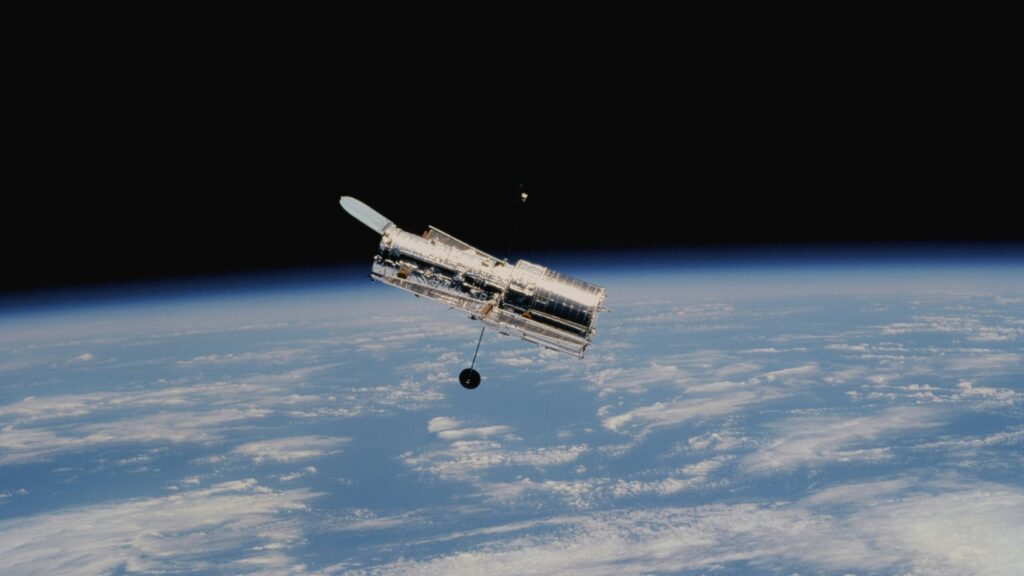Astronomy is one of the most fascinating fields of science, dealing with the very essence of the existence of the universe. And it is not possible to study the universe without a tool—a telescope does this role. Moreover, one of the most significant steps in human history is the launch of the Hubble space telescope. So, let’s take a look at its significance for the development of cosmology in the world.
Hubble Space Telescope
Named after the brilliant Edwin Powell Hubble, the Hubble telescope is one of the significant space telescopes launched on April 24, 1990. To this day, its launch and development are essential steps for the entire human civilization.
Over two decades, Hubble captured some of the most enlightening photographs of the universe. It has also been at the forefront of scientific research for scientists worldwide.
Challenges During Launch
Hubble was intended to launch in 1983, but some technical problems and budget issues prevented it from doing so. However, even after its launch, the telescope faced a major problem with the primary mirror that affected the clarity of its early images.
Impact on Astronomy
The Hubble telescope has had a positive impact on the growth of astronomy around the world. It is one of the specimens of modern science which outperformed its expectation and provided some of the most magnificent studies about the Big Bang and cosmic inflation.
- Refinement of the Hubble constant
- Development of Big Bang Theory
- Insights about cosmic inflation
- Understanding of dark energy
Discoveries and Contributions
Over the course of three decades, the Hubble telescope has helped scientists learn about the expansion of the universe. It has also been one of the best tools for galactic observation and star formation studies.
- Universe expansion
- Hubble’s law
- Observation of distant galaxies
- Star formation studies
- Insights about black holes and dark matter
Limitations Of Hubble Space Telescope
Technology is advancing at a fast pace, and the tools of today can not match the efficiency of the tools of the future. The same goes for the Hubble space telescope, as it is one of the best of its time, but with the launch of the latest James Webb telescope, its limitations are quite clear.
- Sensitive to very-high-energy radiation
- Mirror aberrations
- Regular Maintenance
Final Thoughts On Hubble Space Telescope
The Hubble Space Telescope, launched in 1990, played a significant role in the development of cosmology and the study of the universe.
Despite facing technical and budget challenges, it outperformed expectations and provided groundbreaking studies on the Big Bang and cosmic inflation.
The telescope has also been instrumental in galactic observation and star formation studies. However, its limitations include high-energy radiation sensitivities and regular maintenance.
Frequently Ask Questions (FAQs)
Where is the Hubble Space Telescope now?
Hubble is 525 Km above the Earth’s surface.
Earth’s the Hubble Space Telescope used for?
The significant contributions of Hubble in astronomy were:
- Star formation
- Big Bang
- Hubble Ultra Deep Field
Which country owns the Hubble telescope?
The USA owns the Hubble telescope.
What are five facts about the Hubble telescope?
The five facts about Hubble are:
- It weighs around 25k pounds.
- Size of school bus.
- Seventeen thousand miles per hour speed in orbit.
- Over 13000 scientific articles in reputed journals.
- Photographs from the Big Bang.

